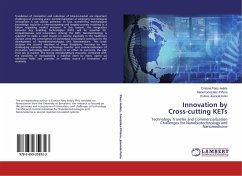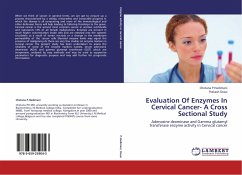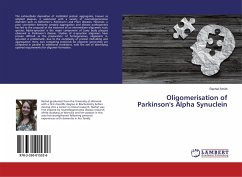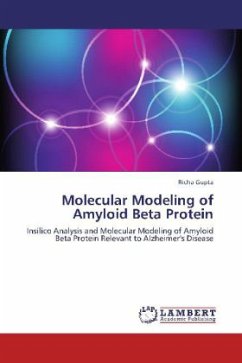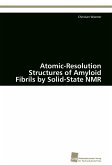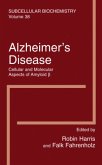Irrespective of sequences, a number of proteins have tendency to be misfolded and self-assembled to form elongated, unbranched fibers that are the key to a range of diseases including Alzheimer s disease, Huntington s disease, type II diabetes and prion related encephalopathies. Over the last few decades, potential efforts have been directed to determine the structure of amyloid fibrils and have yielded a number of models which are not sufficient to define the fibril structure unambiguously. This book highlights research in amyloids-like model peptides. The X-ray crystallography of model peptides validates the popular amyloid model to define the fibril structure, at atomic level. The book contains five chapters in terms of model peptide structures. In addition to the research and review articles, more general topics on amyloid related diseases are discussed throughout the book. These definitions and information are referenced with important reviews or seminal publications in thisfield. The analysis should help shed some light on this exciting subject and should be especially useful to students and researcher interested in this developing area.


